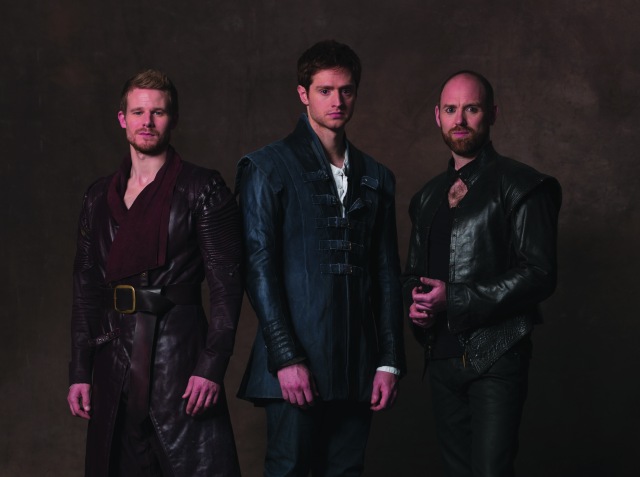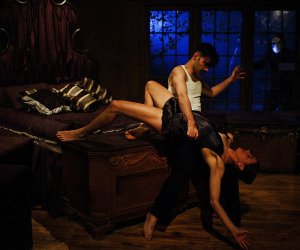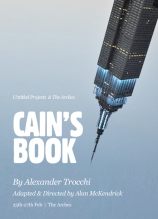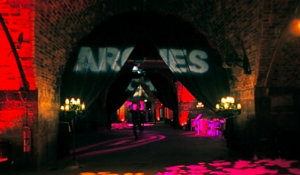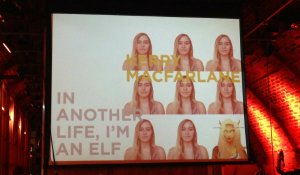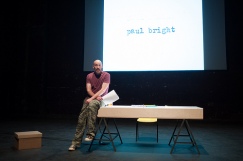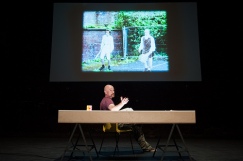 We are at the beginning of one of the most exciting months in Glasgow and Scotland’s history. The world’s greatest athletes and around one million visitors are about to descend on Glasgow for the Commonwealth Games. And while the sport is exciting and all that, it is the massive cultural programme running alongside the Games that really appeals to me.
We are at the beginning of one of the most exciting months in Glasgow and Scotland’s history. The world’s greatest athletes and around one million visitors are about to descend on Glasgow for the Commonwealth Games. And while the sport is exciting and all that, it is the massive cultural programme running alongside the Games that really appeals to me.
Culture 2014 has been running all year, as a nationwide programme of events inspired by the multicultural Commonwealth and the unique aspects of the host city and nation.
During Games time (July 23-August 3), Culture 2014 will pause to allow the focus to fall purely on Glasgow, as the city hosts the biggest party it has ever thrown – Festival 2014. Running alongside the sporting action, Festival 2014 will see Glasgow transformed with an invigorating mix of entertainment and culture filling the city’s streets, spaces and stages.
There is so much to choose from, with the programme featuring family events, theatre, intimate shows, outdoor spectaculars, film, music, fashion and more. If you live within travelling distance of Glasgow, I would encourage you to take full advantage of this once-in-a-lifetime gathering of prominent international and Scottish artists as they turn Glasgow into the epicentre of culture for two weeks.
Most of the events are free-of-charge or cost under £5. And you don’t need tickets to enjoy the fun, simply take a saunter around Glasgow Green and the Merchant City – the two main sites for live entertainment.
If you’re overwhelmed by the amount of choice on offer, then here are my top five Audience Adventure picks of the fest for those seeking an extra special cultural experience this July.
 Cargo Cinema Action! (Saturday, July 26), Custom House Quay, Clydeside
Cargo Cinema Action! (Saturday, July 26), Custom House Quay, Clydeside
An outdoor cinematic spectacular, taking over the River Clyde for a day-long celebration of Glasgow and film. Cutting edge arts collective, 85A have been working with Glasgow Film (Theatre and Festival) to create an interactive event, which is set within the fictionalised film shoot of an abandoned Russian cruise liner that is drifting eerily towards Scotland. Step onto the colossal set docked at the Clydeside for an adventure in film, theatre and the senses. The show will be performed five times throughout the day, with a different live band providing the score each time. Come night fall, the cruise ship will be transformed into a musical playground with light installations, live music, films and an open-air café. Free, reserved ticketing via glasgowfilm.org
 The Tin Forest Festival (various shows and dates from July 24-August 3), South Rotunda
The Tin Forest Festival (various shows and dates from July 24-August 3), South Rotunda
The Tin Forest Festival is a two-week programme of events, focusing mainly on Glasgow’s industrial past and creative future. The festival is the culmination of one of the National Theatre of Scotland’s most ambitious projects to date, involving contributions from over 100 theatre makers from across the Commonwealth as well as everyday Glaswegians, who have been involved in an eight month outreach project. My top two recommendations for the festival are: Dear Glasgow – a one-off interactive event, which invites audience members to give voice to their hopes and dreams for their city, with the aim of creating the blueprint for a better Glasgow.
A Puppet Theatre Experience, where audiences of 10 or less, meet a crabbit old man who has decided to take it into his own hands to create a better world. The 30 minute promenade performance uncovers a weird & wonderful new world and oddball cast of eccentric puppets en route.
Tickets for all events cost £5/£3 via thetinforest.com
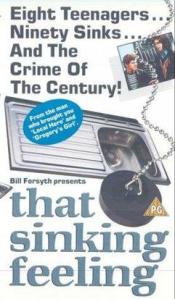 That Sinking Feeling (Friday, August 1), Kelvingrove Bandstand, Kelvingrove Park
That Sinking Feeling (Friday, August 1), Kelvingrove Bandstand, Kelvingrove Park
Three films by celebrated Glaswegian director, Bill Forsyth, will be screened at the recently refurbished Kelvingrove Bandstand – Gregory’s Girl, Local Hero and his lesser known debut film, That Sinking Feeling. Costing just £5,000 to make, That Sinking Feeling follows four unemployed and hapless Glaswegian teenagers as they embark on a plan to make money out of stolen sinks. The film has been out of copy for years, so this a chance to watch the fully restored print, within the beautiful setting of Kelvingrove Park (which I believe actually features in the film). Discover or rediscover the warmth, wit and charm of Forsyth’s work and find out just why he’s known as the ‘Capra of the Clyde’!
Free, non-ticketed
 Sound to the Sea (Friday, August 1 and Saturday, August 2), Science Centre
Sound to the Sea (Friday, August 1 and Saturday, August 2), Science Centre
Cryptic – an arts collective known for ‘ravishing the senses’ with left-field performances – have joined forces with the Science Centre to create one of the largest scale events on the cultural programme. Billed as a night-time nautical extravaganza, Sound to the Sea will bring together specialists in outdoor art, pyrotechnics and aerial dance to create a visually and musically stunning event. Musicians, including Treacherous Orchestra, Miaoux Miaoux and Model Aeroplanes, are lined up to perform on boats and ships, which will double as stages. Expect fireworks, flares and feats of the unimaginable in this night-time celebration of Glasgow’s history, industry and dynamism. Free, reserved ticketing via glasgowsciencecentre.org
 Glasgow Mix Tape (Saturday, August 2), The Living Room, Glasgow Green
Glasgow Mix Tape (Saturday, August 2), The Living Room, Glasgow Green
Glasgow record label, Chemikal Underground will bring together an array of the city’s independently-minded musicians to provide a showcase for the city’s legendary music scene. Anticipate the feel of a mini music festival, with acts including Admiral Fallow (pictured), Edwyn Collins, The Bluebells, Lloyd Cole and more. Great music, pals and beers; come rain or shine – it’s got the makings of a classic summer’s day out. Free, non-ticketed


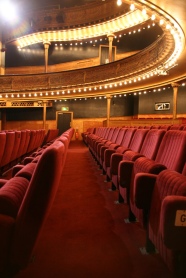 The longest was
The longest was 